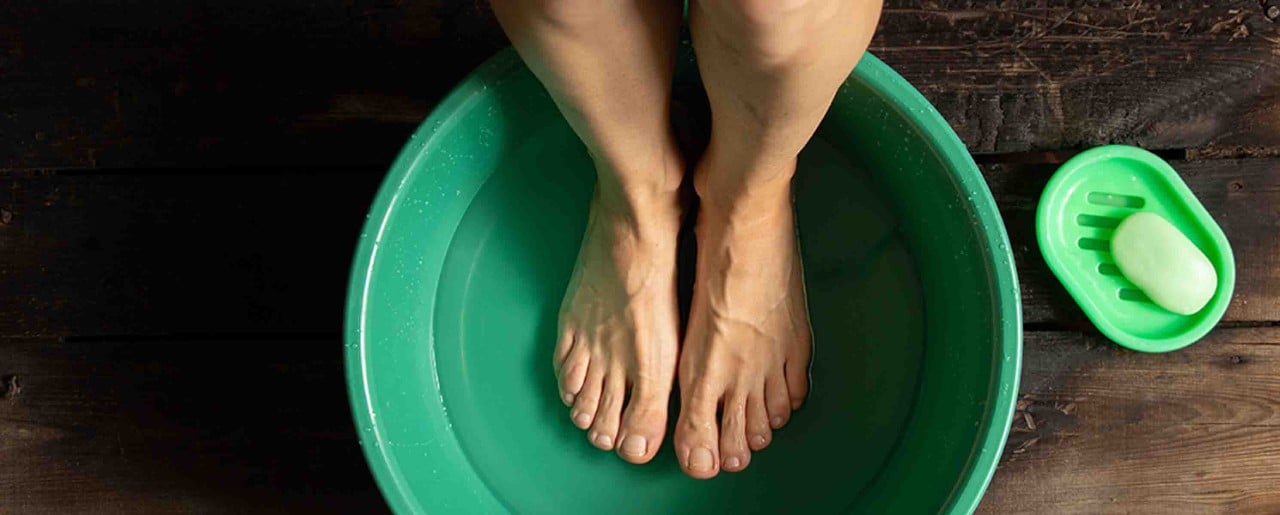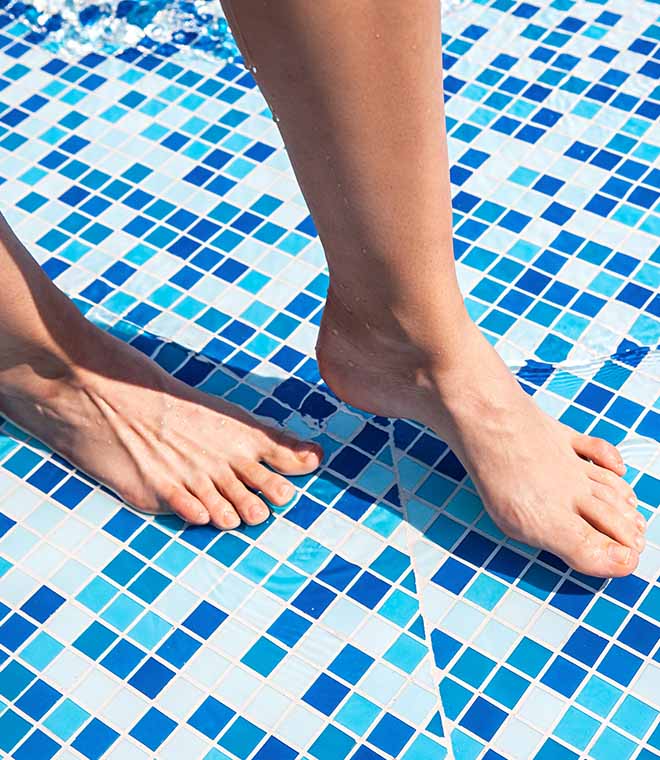Health
How to get rid of plantar warts
By Anna H. Chacon, MD, Fellow of the American Academy of Dermatology Apr 12, 2024 • 9 min
Plantar warts are warts that occur on the bottoms of the feet. While plantar warts are almost always harmless, they can be very painful if they occur in a spot on the foot that supports your weight. Plantar warts are very common, and they typically go away on their own. However, although some plantar warts disappear in a couple of weeks or months, it can take as long as a couple of years for them to go away.
If you have plantar warts and want them removed, you have a number of options for treating them at home, or you can visit your healthcare provider for plantar wart removal. Here's what you need to know about getting rid of plantar warts.
Over-the-counter wart treatments
There are wart treatments that are available over the counter for home use. If you have certain health conditions that may impair circulation to your feet, such as diabetes, you should consult with your healthcare provider first before trying to get rid of warts yourself.
- Salicylic acid is available in a number of over-the-counter plantar wart removal products, including gels, liquids and patches. These range in concentration from 17% to 40%. For warts on thick skin, you may consider using a product with a higher concentration, and for those on thinner, more sensitive skin, a lower concentration.
To remove warts with salicylic acid:
- Soak the plantar wart in warm water to soften it.
- Use a pumice stone or emery board to remove the top layer of dead skin.
- Rinse and thoroughly dry the wart.
- Apply the salicylic acid product to the wart. Try to avoid getting it on the surrounding skin. Allow the product to dry before putting on shoes or socks.
- Repeat these steps once or twice a day until the wart goes away.
It can take as long as three months for the wart to go away. Once the wart is gone, you may need to continue treatment for another week or two in order to help prevent it from growing back.
- Freeze sprays are another over-the-counter option for plantar wart removal. These products typically contain a mix of dimethyl ether and propane. The product is briefly applied to the surface of the wart to freeze it. When using this cryotherapy method, it is important to follow the instructions on the package carefully to avoid burning the skin.
Home remedies for warts
While using duct tape isn't a highly researched remedy for plantar warts, the studies that have been done show mixed results. Still, anecdotal evidence shows that for some people, duct tape is a tried-and-true wart remedy, and it may be worth a try if you’re not sensitive to adhesives. Scientists aren't sure why duct tape may work for this purpose, but some suspect it may suffocate the
wart — or simply remove the skin and virus in skin layers until the wart disappears.
To treat a wart with duct tape, choose the classic silver variety, which is stickier than other types. Follow these steps:
- Soak the wart in warm water.
- Gently file the wart with an emery board or pumice stone.
- Rinse and thoroughly dry the wart.
- Place a piece of duct tape directly over the wart so that it extends beyond the perimeter of the wart. Press firmly to create a strong bond.
You’ll want to change the tape every few days and allow your skin to have a break without the tape for a few hours and then repeat the process. It may take weeks to see some results. Some people try removing warts with salicylic acid treatment combined with a duct tape patch.
Can you pull out a plantar wart with tweezers?
No, never try pulling out plantar warts with tweezers. Pulling out a plantar wart yourself is extremely painful, and it's unlikely that you'll get all of it. This means it's more likely to grow back. Pulling out plantar warts with tweezers can also possibly injure healthy skin tissue and lead to a serious infection. People with certain health conditions that cause poor circulation or numbness in their feet have an especially high risk for infection.
Can you cut off a plantar wart?
No, never attempt to cut off a plantar wart at home. If you want your wart completely removed, visit your healthcare provider.
Plantar wart treatment by your healthcare provider
For complete plantar wart removal, visit your healthcare provider, who will use one of a few effective methods for getting rid of plantar warts, including:
Cryotherapy. One of the most commonly used plantar wart removal methods involves freezing them off, a procedure known as cryotherapy. To freeze plantar warts, your healthcare provider will swab or spray liquid nitrogen onto the wart and a small area surrounding the wart. The liquid nitrogen is extremely cold and burns the skin, killing the virus-infected cells. Freezing plantar warts can be painful and may cause redness and, in some cases, blisters. It typically takes several treatments spaced two to three weeks apart to freeze off plantar warts completely.
Electrodessication. Also known as zapping and cutting or cautery and curettage, electrodessication involves burning the wart with an electric needle and using a small, scoop-like instrument called a curette to dig out the wart. Electrodessication may leave scars, so it's not often used for plantar warts unless they don't respond to other treatments.
Other plantar wart treatment methods
Other options your healthcare provider might recommend for plantar wart removal include:
- Cutting the wart out with a scalpel, which produces similar results as electrodessication, including possible scarring.
- Prescription drugs like topical imiquimod, an immunotherapy drug, or topical fluorouracil, a chemotherapy drug. These are applied to the wart as a cream. The chemotherapy drug bleomycin is a plantar wart treatment medication that's injected into the wart.
- Intralesional immunotherapy, which involves testing the patient for a positive reaction to skin test antigens for mumps, Candida or Trichophyton. If the test is positive, the wart is injected with the antigen, which causes an immune response that breaks down the HPV virus to remove the wart.
If your plantar warts aren't causing you pain or discomfort, you may let them go away on their own. But if they're painful or bothersome, visit your healthcare provider for advice on plantar wart treatment. Many healthcare providers often recommend over-the-counter treatments first. If your wart doesn't respond to these treatments, your healthcare provider will explain your options and help you decide which removal method is best for you.
Clinically reviewed and updated by Julie McDaniel, MSN, RN, CRNI, April 2024.




